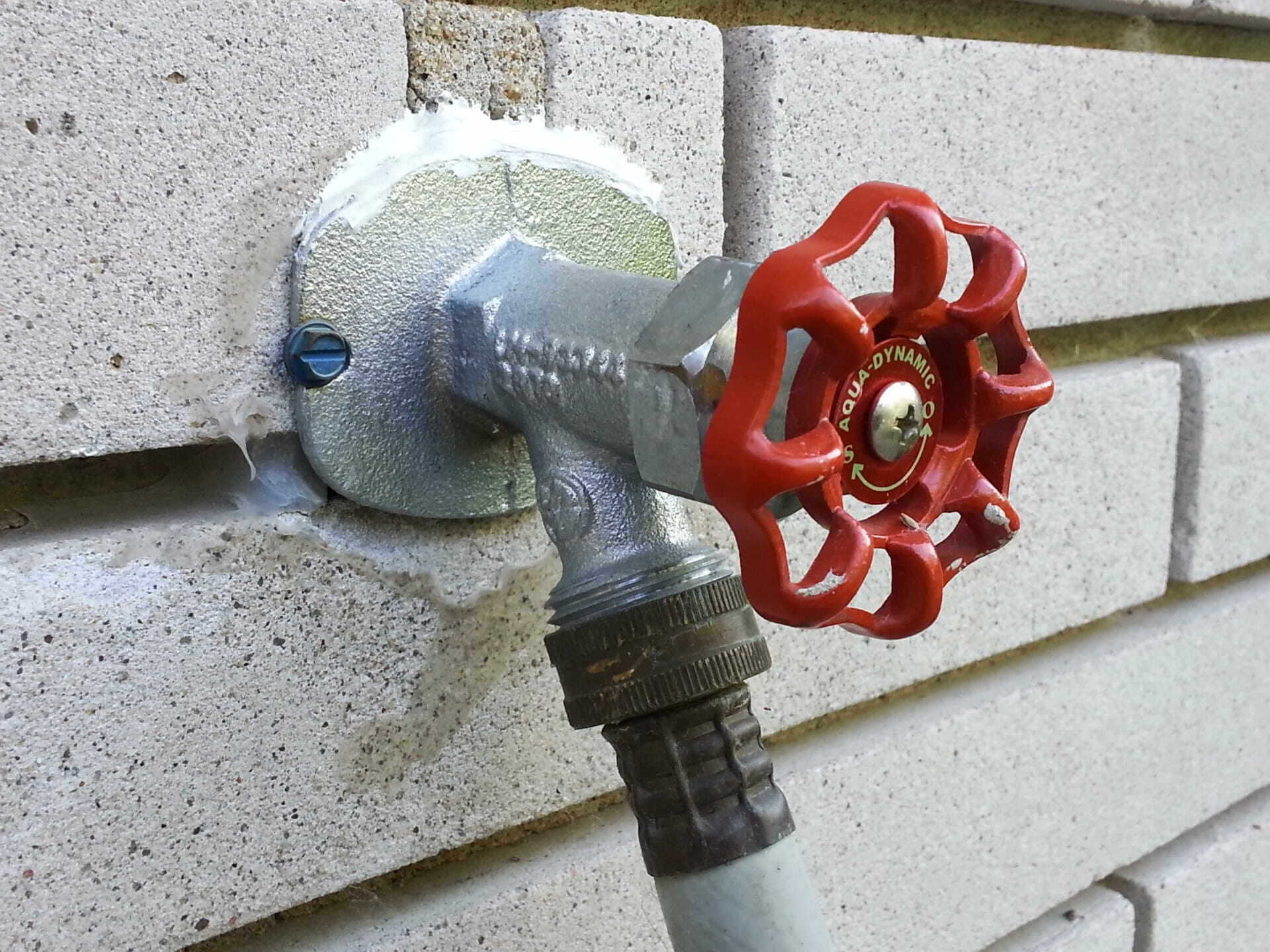

Articles
How Does A Frost Free Faucet Work
Modified: October 28, 2024
Discover how frost-free faucets work and keep your water flowing all year long with informative articles on this essential plumbing feature.
(Many of the links in this article redirect to a specific reviewed product. Your purchase of these products through affiliate links helps to generate commission for Storables.com, at no extra cost. Learn more)
Introduction
When it comes to plumbing, one of the most important fixtures in your home is the faucet. A faucet allows you to control the flow of water and is used for various tasks such as washing hands, dishes, or filling up a glass of water. However, when temperatures drop during the winter months, there is a risk of your outdoor faucets freezing, causing damage to your plumbing system.
To combat this issue, the frost-free faucet was created. A frost-free faucet, also known as an anti-siphon or freeze-proof faucet, is specifically designed to prevent freezing during cold weather. Understanding how these faucets work can help you protect your plumbing system and avoid costly repairs.
Key Takeaways:
- Frost-free faucets prevent freezing by draining water from the exposed portion and positioning the valve deep within the wall, providing year-round use and protection against potential damage to the plumbing system.
- Regular maintenance, including inspections, cleaning, and proper winterization, is essential to ensure the optimal performance and longevity of frost-free faucets, allowing for reliable outdoor water usage throughout the year.
Read more: Frost-Free Faucet Leaks When Turned On
Understanding Frost Free Faucets
A frost-free faucet differs from a traditional faucet in the way it is constructed. While both types of faucets have a handle and a spout, the key difference lies in the location of the valve that controls the water flow. In a traditional faucet, the valve is located near the handle, leaving the remaining section exposed to the outdoor elements. This can lead to freezing and potential pipe bursts.
In contrast, a frost-free faucet has a longer stem and the valve is located inside the heated area of your home, usually deep within the wall. This positioning allows the water to drain out of the faucet and prevent freezing, even in extremely cold temperatures. By eliminating the standing water in the exposed portion of the faucet, a frost-free faucet minimizes the risk of freezing and subsequent damage to your plumbing system.
Components of a Frost Free Faucet
A frost-free faucet is made up of several components that work together to provide freeze protection. These components include:
- Faucet Handle: Allows you to turn the faucet on and off.
- Stem Assembly: Extends into the wall and connects to the water supply line.
- Valve: Controls the flow of water and is located inside the heated area of your home.
- Anti-Siphon Device: Prevents water from flowing back into the main water supply and potentially contaminating it.
- Drain Channel: Allows water to drain out of the exposed portion of the faucet.
Key Takeaways:
- Frost-free faucets prevent freezing by draining water from the exposed portion and positioning the valve deep within the wall, providing year-round use and protection against potential damage to the plumbing system.
- Regular maintenance, including inspections, cleaning, and proper winterization, is essential to ensure the optimal performance and longevity of frost-free faucets, allowing for reliable outdoor water usage throughout the year.
Read more: Frost-Free Faucet Leaks When Turned On
Understanding Frost Free Faucets
A frost-free faucet differs from a traditional faucet in the way it is constructed. While both types of faucets have a handle and a spout, the key difference lies in the location of the valve that controls the water flow. In a traditional faucet, the valve is located near the handle, leaving the remaining section exposed to the outdoor elements. This can lead to freezing and potential pipe bursts.
In contrast, a frost-free faucet has a longer stem and the valve is located inside the heated area of your home, usually deep within the wall. This positioning allows the water to drain out of the faucet and prevent freezing, even in extremely cold temperatures. By eliminating the standing water in the exposed portion of the faucet, a frost-free faucet minimizes the risk of freezing and subsequent damage to your plumbing system.
The longer stem of a frost-free faucet extends into the wall, connecting to the water supply line. This means that the water supply is located within the warm interior of your house, where freezing temperatures are unlikely to occur.
Additionally, frost-free faucets are equipped with an anti-siphon device. This device ensures that water does not flow back into the main water supply, protecting against contamination. It also helps to relieve any excess pressure in the faucet, further reducing the risk of freezing.
One of the key advantages of a frost-free faucet is that it allows for year-round use. Unlike traditional faucets that need to be shut off and drained during the winter months, frost-free faucets are designed to remain operational regardless of the weather. This convenience makes them highly sought after for outdoor use, such as in gardens or for washing cars.
It is important to note that while frost-free faucets provide protection against freezing, they are not entirely foolproof. If the faucet is improperly installed or the water supply line is not insulated, freezing may still occur. Therefore, proper installation and insulation are crucial to ensure the optimal performance of a frost-free faucet.
Overall, frost-free faucets are an essential component of any home plumbing system. They provide peace of mind by safeguarding against frozen pipes and the potential damage that can result from winter weather. Whether you are replacing an old faucet or installing a new one, opting for a frost-free faucet is a wise choice to protect your plumbing and ensure year-round functionality.
Components of a Frost Free Faucet
A frost-free faucet is made up of several components that work together to provide freeze protection. These components include:
- Faucet Handle: The handle is the part of the faucet that you turn to control the water flow. It is typically made of metal or plastic and comes in different shapes and sizes.
- Stem Assembly: The stem assembly is a long, threaded rod that connects the handle to the valve. It extends into the wall and is responsible for opening and closing the valve to control the water flow.
- Valve: The valve is the heart of the frost-free faucet. It controls the water flow and is located deep within the wall, inside the heated area of your home. This ensures that the valve remains protected from freezing temperatures.
- Anti-Siphon Device: The anti-siphon device is an important safety feature of a frost-free faucet. It prevents water from flowing back into the main water supply, which can lead to contamination. The device is typically located on the top portion of the faucet and is designed to release excess pressure to avoid freezing.
- Drain Channel: The drain channel is a small opening or groove located at the bottom of the faucet. It allows water to drain out of the exposed portion of the faucet when it is turned off. This prevents any remaining water from freezing and causing damage to the faucet or pipes.
Each component plays a crucial role in the functionality of a frost-free faucet. The handle and stem assembly are responsible for controlling the water flow, while the valve ensures that the water supply remains protected in the heated interior of your home. The anti-siphon device prevents backflow, protecting the main water supply from contamination. Finally, the drain channel allows any residual water to exit the faucet, preventing freezing.
It is important to note that the quality and materials used in the construction of these components can vary. Higher-quality frost-free faucets often feature durable materials such as brass or stainless steel, which provide enhanced longevity and resistance to wear and tear.
When selecting a frost-free faucet or replacing an existing one, it is essential to choose a reputable brand and ensure that the faucet meets industry standards. An improperly installed or low-quality faucet can compromise its effectiveness in preventing freezing and may lead to costly repairs down the line.
By understanding the components of a frost-free faucet, you can make an informed decision when selecting or maintaining this essential plumbing fixture. With the right faucet and proper installation, you can enjoy the convenience and peace of mind that comes with a reliable and freeze-resistant outdoor faucet.
A frost-free faucet works by shutting off the water supply inside the heated portion of the house, preventing freezing. Make sure to disconnect hoses in winter to prevent damage.
Read also: 15 Best Frost Free Outdoor Faucet for 2025
How Does a Frost Free Faucet Prevent Freezing?
A frost-free faucet is specifically designed to prevent freezing during cold weather. It achieves this by utilizing a unique construction and mechanism that eliminates the standing water in the exposed portion of the faucet, where freezing is most likely to occur.
One of the key features of a frost-free faucet is its elongated stem. Unlike traditional faucets where the valve is located near the handle, a frost-free faucet has a much longer stem that extends deep into the wall. This means that the valve, which controls the water flow, is positioned inside the heated area of your home. By keeping the valve in the warm interior, the risk of freezing is significantly reduced.
When the frost-free faucet is turned off, the water in the exposed portion of the faucet drains out through a drain channel located at the bottom. This design allows any residual water to escape, eliminating the standing water that could freeze and cause damage to the faucet or plumbing system.
Furthermore, frost-free faucets are equipped with an anti-siphon device. This device prevents water from flowing back into the main water supply, which not only protects the water quality but also helps minimize the risk of freezing. The anti-siphon device releases excess pressure in the faucet when it is shut off, allowing any remaining water to drain out completely.
The combination of the elongated stem, drain channel, and anti-siphon device work together to ensure that the exposed portion of the faucet remains dry and protected from freezing temperatures, even during the coldest winter months. This allows you to use your frost-free faucet year-round without worrying about freezing or potential damage to your plumbing system.
It is important to note that while frost-free faucets are highly effective at preventing freezing, they are not foolproof. If the faucet is improperly installed or the water supply line is not insulated, freezing may still occur. Therefore, proper installation and insulation are essential to ensure the optimal performance of a frost-free faucet.
By understanding how a frost-free faucet prevents freezing, you can make informed decisions when it comes to selecting, installing, and maintaining this important plumbing fixture. With a frost-free faucet in place, you can enjoy the convenience of an outdoor water source without the worries of freezing or potential damage.
The Working Mechanism of a Frost Free Faucet
A frost-free faucet operates using a clever mechanism that allows for year-round usage without the risk of freezing. This mechanism involves several key components working together to ensure effective freeze protection.
When you turn on a frost-free faucet, the water flows from the water supply line, through the valve, and out of the spout, just like a traditional faucet. However, the key difference lies in the design of the valve and the placement of the components.
The valve of a frost-free faucet is located deep within the wall, inside the heated area of your home. This positioning ensures that the valve remains in a warm environment, preventing freezing of the water inside the faucet. The elongated stem of the faucet extends from the valve through the wall, connecting to the handle on the exterior. This design keeps the valve protected from freezing temperatures, even during the coldest winter months.
When you turn off a frost-free faucet, the water from the water supply line stops flowing. Then, a unique mechanism comes into play to prevent any remaining water from freezing and causing damage. Inside the faucet, there is a drain channel located at the bottom. This channel allows water to drain out of the exposed portion of the faucet when it is shut off.
The drain channel connects to the valve and extends to the exterior of the faucet. When you turn off the faucet, the water in the exposed portion of the faucet flows down through the drain channel and out of the faucet. This process ensures that no standing water remains in the exposed section, where freezing is most likely to occur.
Additionally, frost-free faucets are equipped with an anti-siphon device. This device prevents water from flowing back into the main water supply and contaminating it. It also serves the purpose of releasing excess pressure in the faucet when it is shut off, to aid in the complete drainage of water through the drain channel.
The combination of the elongated stem, drain channel, and anti-siphon device work together to create a frost-free faucet that effectively prevents freezing. By eliminating standing water and keeping the valve protected within the warm interior of your home, the frost-free faucet ensures that you can use your outdoor water source throughout the year without the risk of freezing or damage to your plumbing system.
It is crucial to ensure proper installation and maintenance of your frost-free faucet. Any damage or faults in the components can compromise the freeze protection. Regularly checking for leaks, ensuring insulation around the water supply line, and repairing any issues promptly will help maintain the functionality of the frost-free faucet and extend its lifespan.
By understanding the working mechanism of a frost-free faucet, you can confidently use and rely on this plumbing fixture, even in the harshest winter conditions. Invest in quality frost-free faucets and follow proper installation and maintenance practices to enjoy the benefits of year-round, freeze-proof outdoor water usage.
Common Issues with Frost Free Faucets
While frost-free faucets are designed to provide freeze protection and reliable water flow year-round, they can still experience certain issues that may require attention and maintenance. Being aware of these common problems can help you identify and address any issues with your frost-free faucet in a timely manner.
1. Leaks: Leaks are one of the most common issues with any type of faucet, including frost-free faucets. Leaks can occur around the handle, spout, or even within the wall where the faucet is installed. Leaky faucets not only waste water but can also lead to damage if left unaddressed.
2. Low or No Water Pressure: If you notice a decrease in water pressure or no water coming out of your frost-free faucet, it could indicate a blockage or malfunction within the faucet. Sediment or debris can accumulate over time and restrict the flow of water. It is recommended to remove the aerator and clean it to resolve this issue.
3. Freezing or Bursting: While frost-free faucets are designed to prevent freezing, they are not entirely foolproof. If the faucet is improperly installed or the water supply line is not adequately insulated, freezing and subsequent bursting can still occur. Regularly inspecting the faucet and ensuring proper insulation can help prevent this issue.
4. Dripping after Shut-off: If you notice water dripping from the frost-free faucet even after it has been shut off, it could indicate a faulty valve or seal. This can lead to water waste and potential damage to the faucet and plumbing system. In such cases, it is best to have a professional inspect and repair the faucet.
5. Corrosion and Rust: Over time, frost-free faucets may develop signs of corrosion and rust, especially in areas with harsh water conditions. These corrosive elements can affect the performance and reliability of the faucet. Proper cleaning and regular maintenance can help prevent corrosion and prolong the lifespan of the faucet.
6. Handle Difficulties: Issues with the faucet handle can arise, such as difficulty in turning the handle or a loose handle. This can hinder the smooth operation of the faucet and may require tightening or replacement of the handle assembly.
7. Malfunctioning Anti-Siphon Device: The anti-siphon device is a vital component of a frost-free faucet, preventing backflow and protecting the main water supply. If the anti-siphon device malfunctions, it can compromise water quality and increase the risk of contamination. Regular inspection and maintenance of this device are essential.
When encountering any of these common issues with your frost-free faucet, it is recommended to consult a professional plumber or a qualified technician. They can assess the problem accurately and provide the necessary repairs or replacements to restore the functionality and reliability of your faucet.
Regular inspection, maintenance, and prompt resolution of these common issues can help ensure the optimal performance of your frost-free faucet, extend its lifespan, and prevent costly repairs or replacements in the future.
Tips for Maintaining a Frost Free Faucet
Maintaining your frost-free faucet is essential to ensure its long-term performance and prevent any potential issues. By following a few simple maintenance tips, you can keep your faucet in optimal condition throughout the year. Here are some helpful tips:
1. Regular Inspections: Perform regular visual inspections of your frost-free faucet, both on the interior and exterior. Look for any signs of leaks, cracks, or damage. Pay attention to the handle, valve, and drain channel. Catching any issues early on allows you to address them promptly and avoid further damage.
2. Clean the Drain Channel: The drain channel at the bottom of the faucet can sometimes get clogged with debris or mineral deposits. Periodically check and clean the drain channel to ensure proper water drainage. Use a small brush or a toothpick to clear any obstructions.
3. Check the Anti-Siphon Device: Inspect the anti-siphon device, which prevents water from flowing back into the main water supply. Make sure it is functioning correctly and not damaged or clogged. If any issues are detected, consult a professional for repairs or replacements.
4. Protect the Water Supply Line: Ensure that the water supply line connected to the frost-free faucet is properly insulated. Use insulating sleeves or coating to prevent freezing of the pipe. Insulation is crucial, particularly in colder climates, to prevent any potential freezing issues.
5. Proper Winterization: If you live in an area with extremely cold temperatures, it is still recommended to take some precautions even with a frost-free faucet. Before the winter season, disconnect any hoses and drain excess water from the faucet. Consider adding an insulated cover over the faucet for extra protection.
6. Address Leaks Promptly: If you notice any leaks or drips from your frost-free faucet, take immediate action to address them. Even small leaks can lead to wasted water and potential damage. Replace worn-out washers or seals, or seek professional assistance to fix any underlying issues causing the leaks.
7. Regular Cleaning: Clean your frost-free faucet periodically to prevent the build-up of mineral deposits and grime. Use a soft brush or cloth along with mild soap or vinegar to clean the spout, handle, and other accessible parts of the faucet. Avoid using harsh chemicals or scrubbing pads that can damage the finish.
8. Professional Maintenance: Consider scheduling regular professional maintenance for your frost-free faucet. A plumber or technician can perform thorough inspections, cleanings, and repairs to ensure the optimal functioning of the faucet and identify any potential issues before they become major problems.
By following these maintenance tips, you can prolong the lifespan of your frost-free faucet and prevent common issues such as leaks and freezing. Remember to also refer to the manufacturer’s instructions and guidelines specific to your faucet model for any additional maintenance recommendations.
Regular care and attention to your frost-free faucet will ensure its reliable performance and protection against freezing, allowing you to enjoy continuous water flow year-round.
Read more: What Is A Frost Free Freezer
Conclusion
Frost-free faucets are a valuable addition to any home, providing protection against freezing and allowing for year-round use of outdoor water sources. Understanding how they work and taking proper maintenance measures can help ensure their optimal performance and prevent potential issues.
By eliminating the standing water in the exposed portion of the faucet and positioning the valve deep within the wall, frost-free faucets minimize the risk of freezing and subsequent damage to the plumbing system. Components like the elongated stem, drain channel, and anti-siphon device work together to provide efficient freeze protection.
Common issues with frost-free faucets, including leaks, low water pressure, freezing or bursting, dripping after shut-off, corrosion, and handle difficulties, should be promptly addressed to prevent further damage and maintain the longevity of the faucet.
To maintain your frost-free faucet, regular inspections, cleaning, and proper winterization are recommended. Professional maintenance and repairs can also be sought to ensure the faucet’s optimal functioning.
By taking these measures, you can enjoy the benefits of a reliable outdoor water source throughout the year, without the worries of freezing or potential damage to your plumbing system.
Remember to refer to the manufacturer’s instructions and guidelines specific to your frost-free faucet model for any additional maintenance recommendations.
Investing in a high-quality frost-free faucet and practicing regular maintenance will provide you with peace of mind and protect your plumbing system from the potential hazards of freezing temperatures. Enjoy the convenience and reliability of your frost-free faucet and keep it working smoothly for years to come.
Frequently Asked Questions about How Does A Frost Free Faucet Work
Was this page helpful?
At Storables.com, we guarantee accurate and reliable information. Our content, validated by Expert Board Contributors, is crafted following stringent Editorial Policies. We're committed to providing you with well-researched, expert-backed insights for all your informational needs.
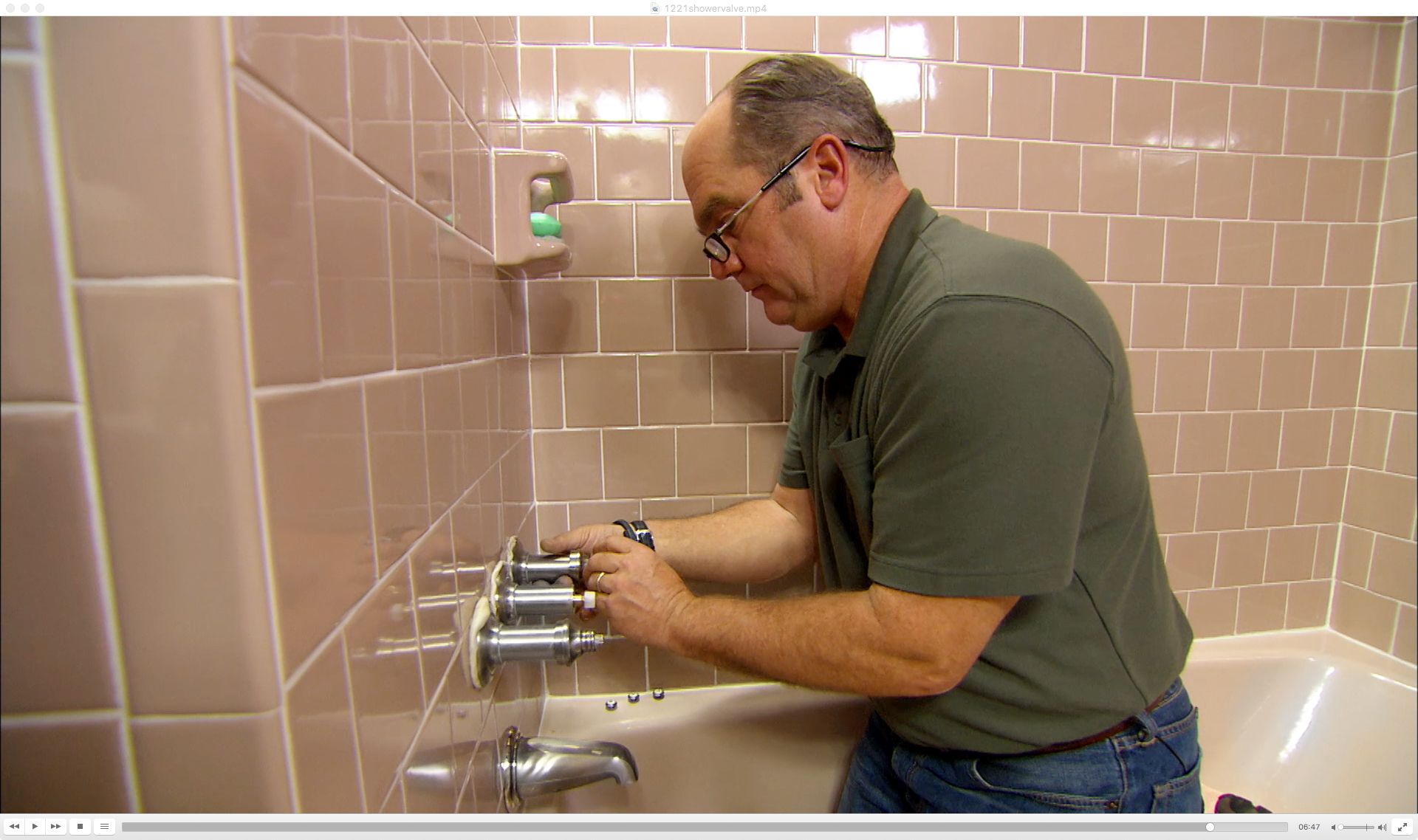
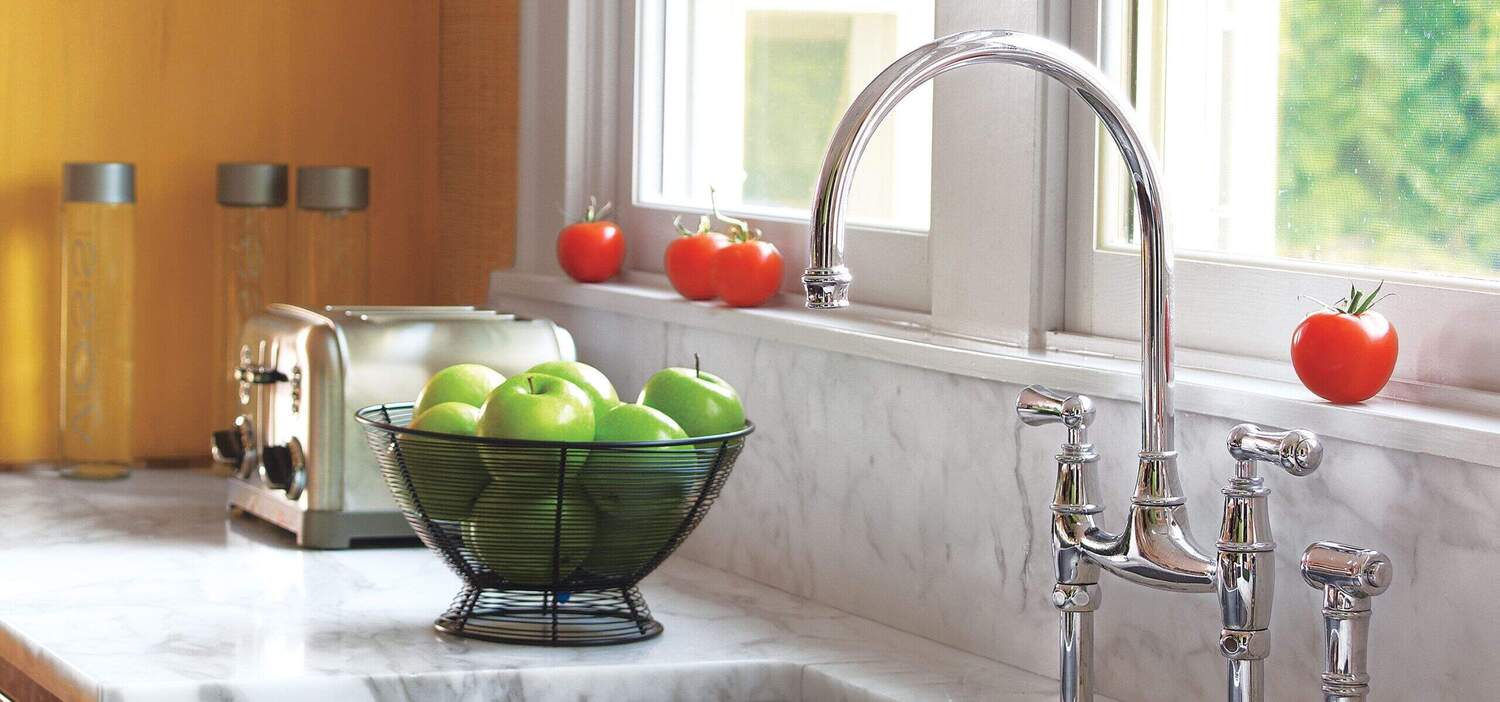
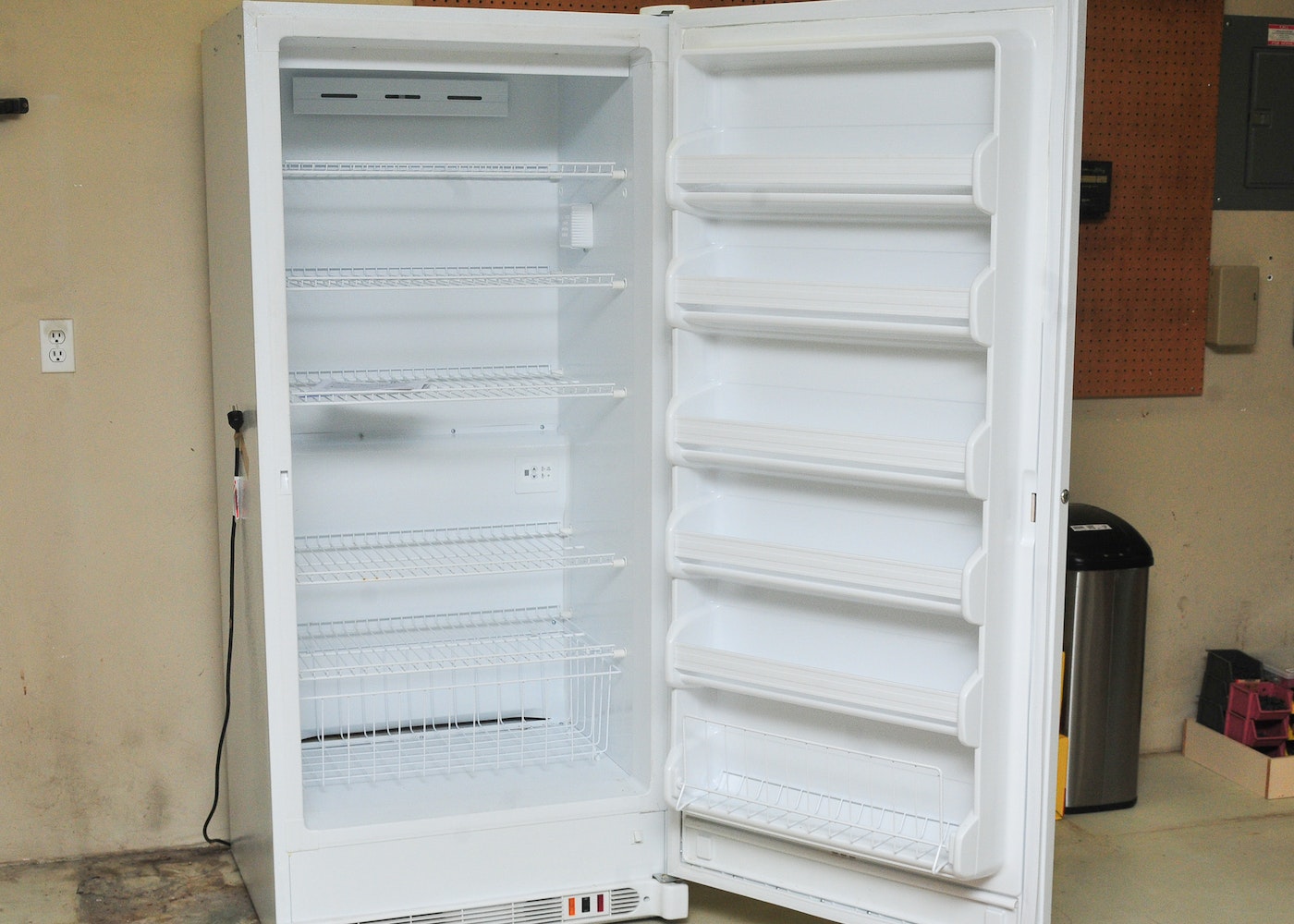
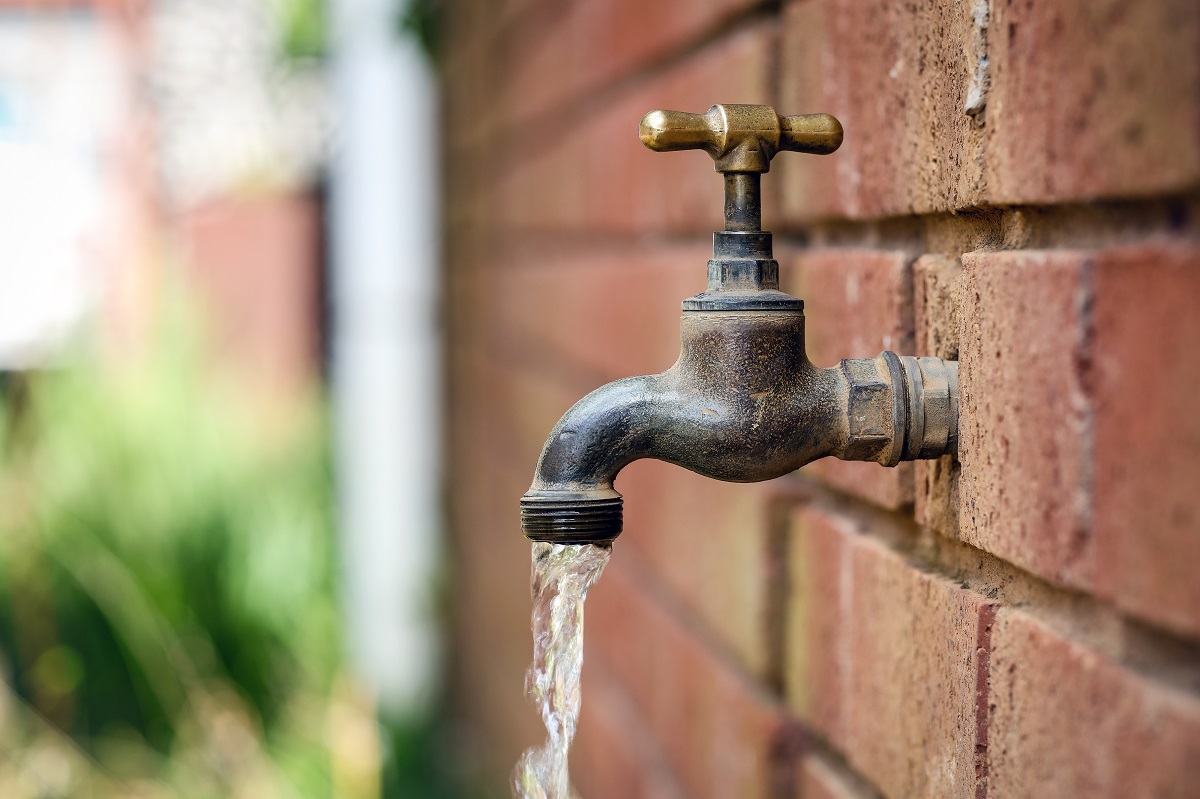


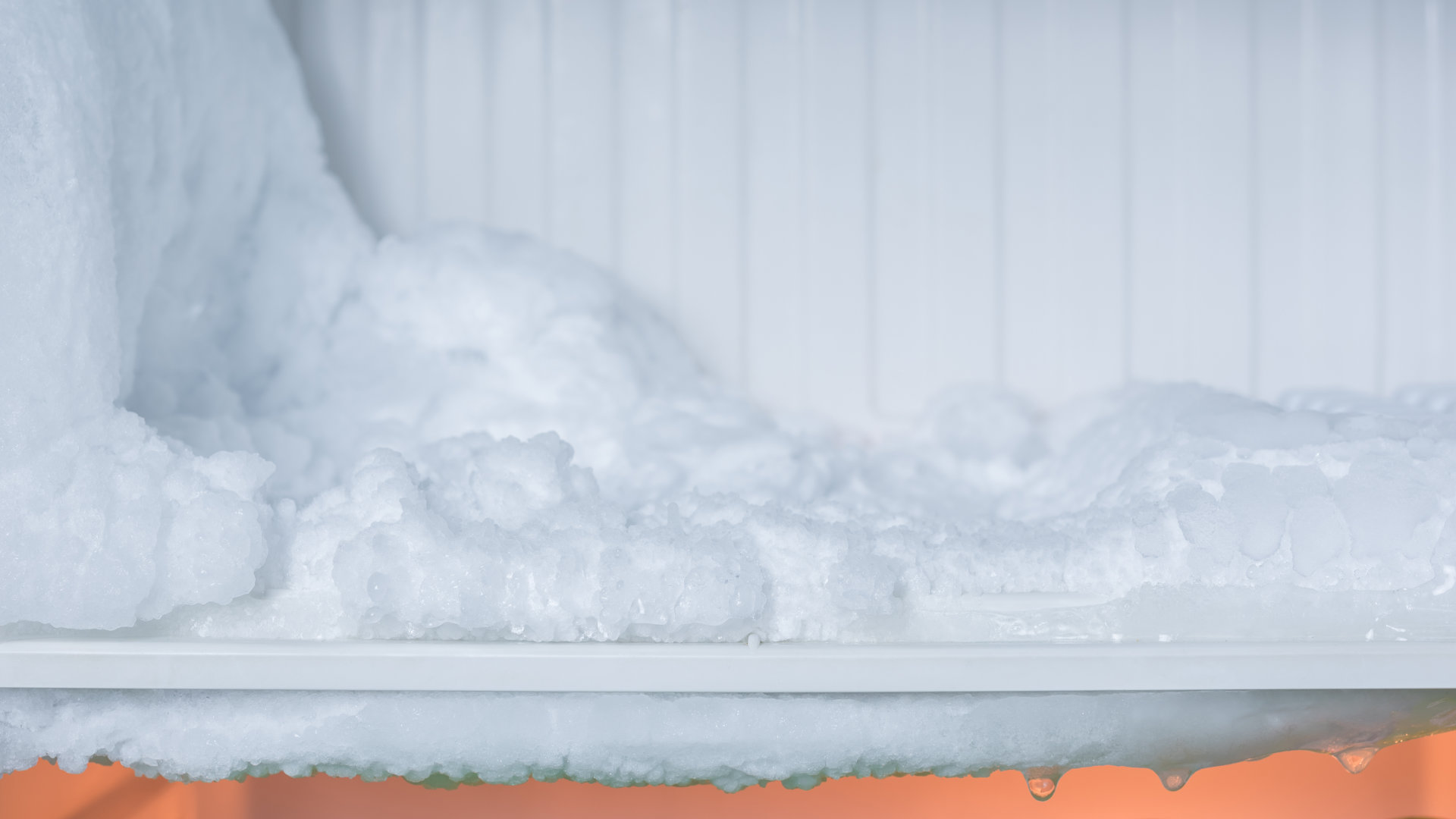
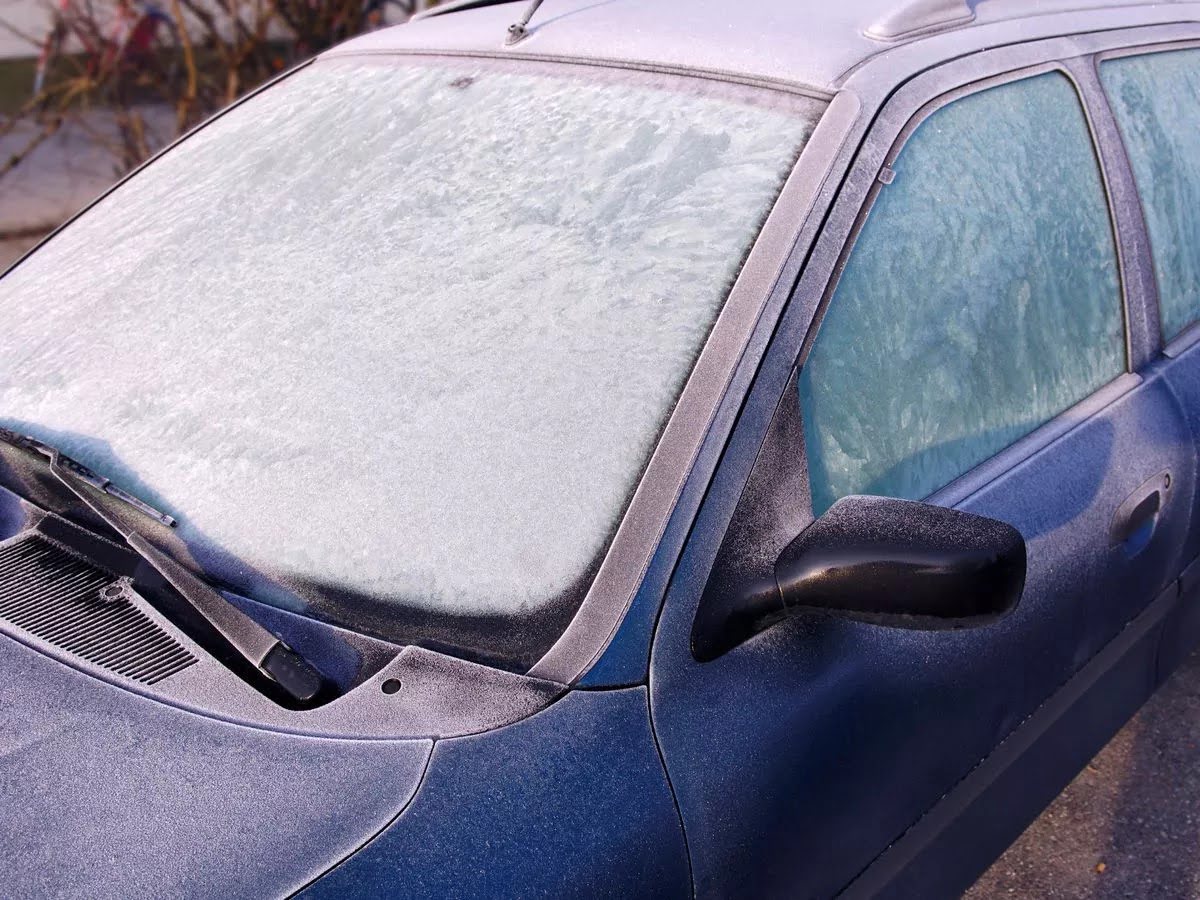






0 thoughts on “How Does A Frost Free Faucet Work”